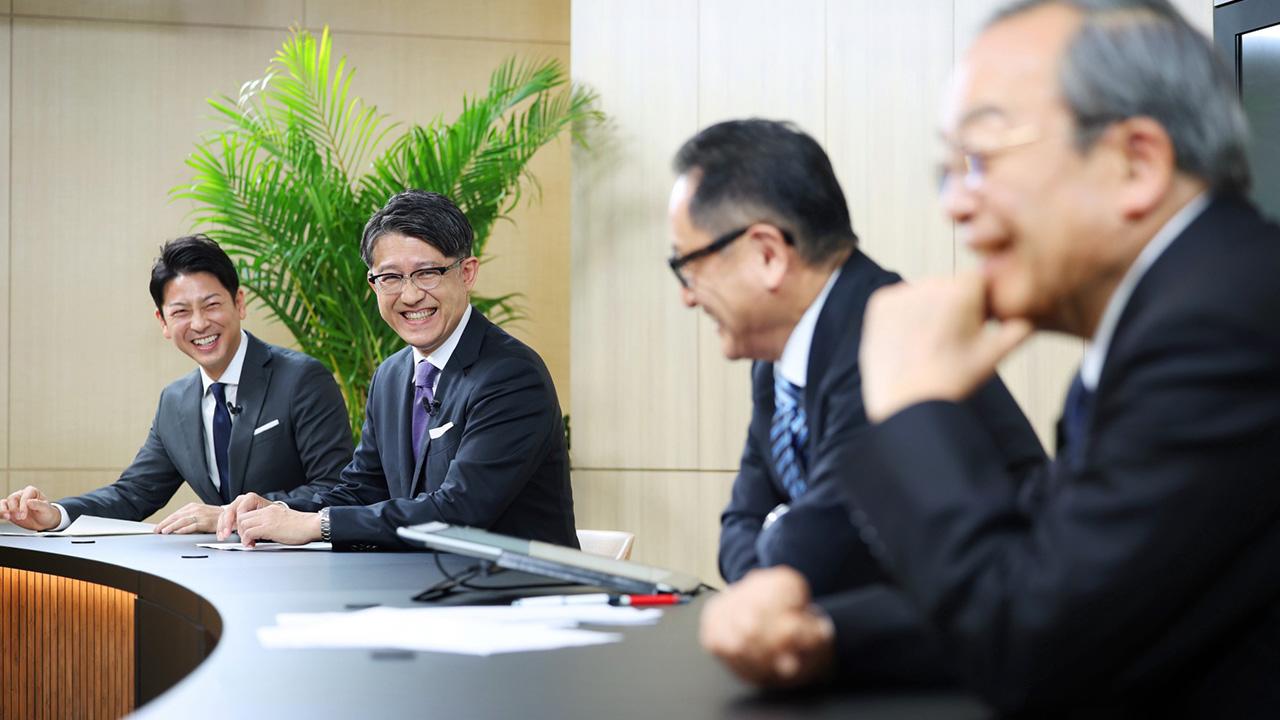
"Would you be president for me?" A recap of the live interview with Toyota's new "team leader," including that big trackside proposal.
Even when in doubt, start by doing
Scene V: Press asks what lessons and encouragement Sato takes from Akio.
Sato
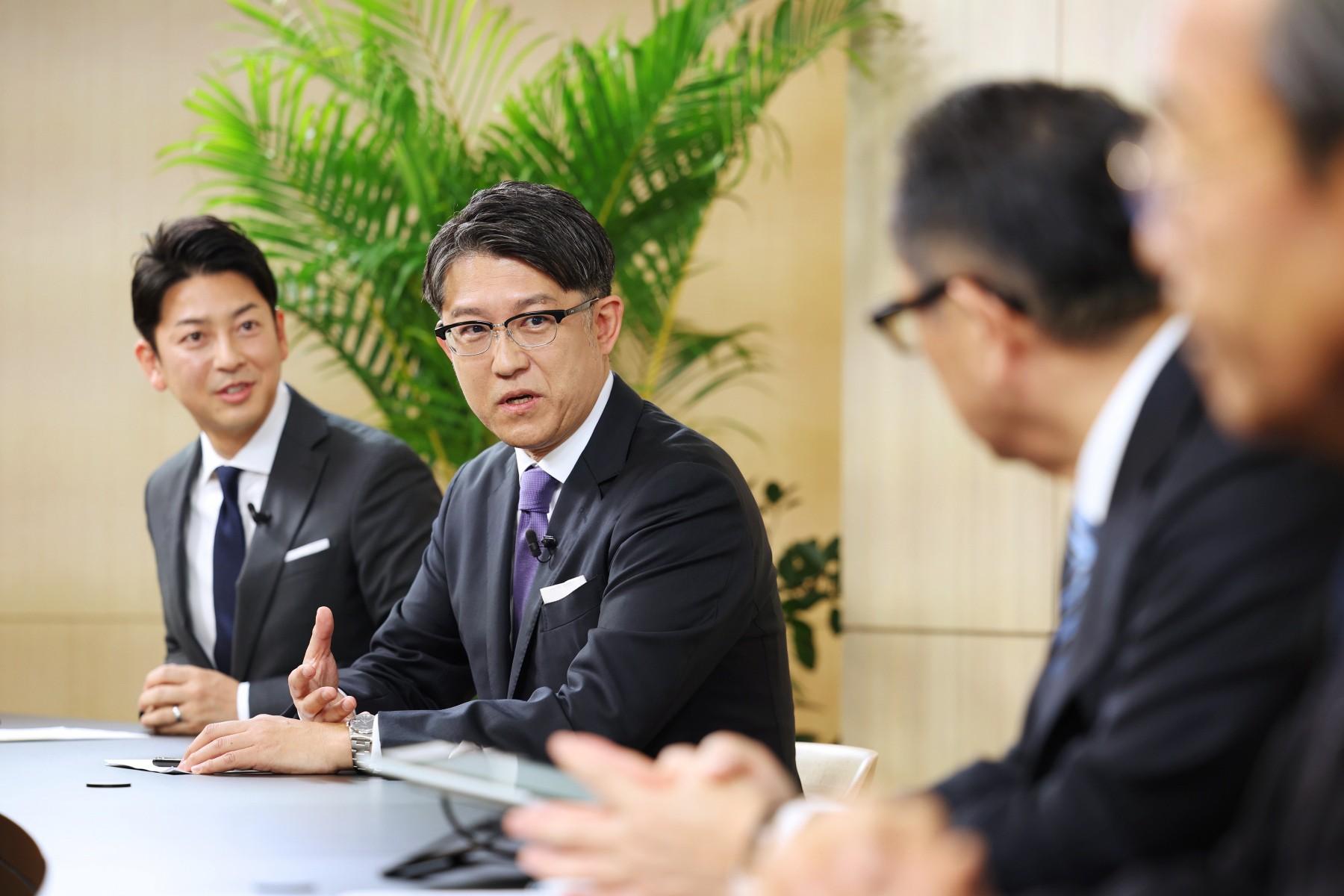
Having watched President Toyoda’s journey over the past 13 years, I honestly do not believe I can do what he has done.
While I was putting pressure on myself to be like him, Akio told me that I should do things my own way.
When it comes to taking over the running of the company, he also assured me, “I am not passing it on to you alone but to a team.”
I have spent the past 13 years studying management philosophy at the “Akio Toyoda School” and am surrounded by colleagues who share the same values.
I want to make sure that I carry on the ideas that President Toyoda has always used as the basis for his management decisions, so that if I lose my way, they will serve as my unwavering guide.
The company’s founder, Kiichiro Toyoda, also sought to develop a broad-based automobile industry that would benefit the welfare of the country.
I believe that Toyota’s strength lies in the fact that its founder’s aspirations still flow through its veins. While never wavering from these founding principles, I must also take on the challenges of a new era.
My approach under President Toyoda has always been to start by doing, even when in doubt.
When you make a move, the scenery changes. Beyond that change lies a different landscape. It is all about repeating that process. Deliberating and holding meetings doesn’t move anything forward. I’ve worked with the mindset of “First, let’s give it a try.”
President Toyoda reassures me that “it’s okay to make mistakes.” For engineers, failure is by nature something to be avoided. We develop technologies to avoid making mistakes.
However, if our technological development doesn’t lead to failure, we aren’t pushing the boundaries.
Going to the limit means running the risk of failure. But without challenging the limits, nothing new can be created.
In such an environment, I think it is a tremendous asset that over these 13 years, Toyota has been watched over by a person who says, “It’s okay to make mistakes.”
I hope to carry on those guiding principles and mindset as I take on new challenges.
The “never-ending challenge” of making ever-better cars
Scene VI: Press asks, “What will it take to transform into a mobility company?”
Sato
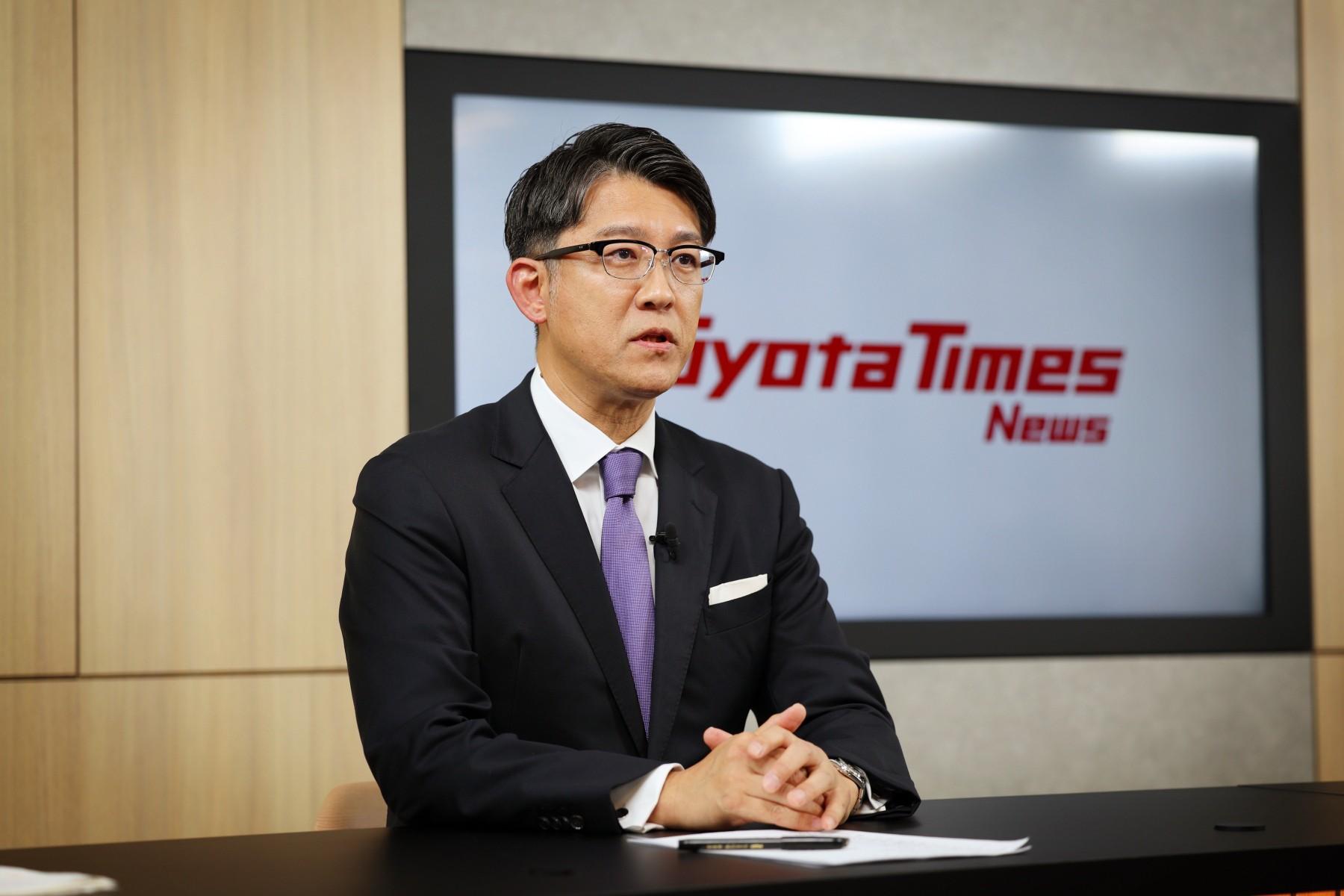
Our starting point is to produce happiness for all our customers through our products, cars.
In this, there is no finish line and no answer as to how far we need to go before we’re done. When we talk of making “ever-better” cars, we speak of a never-ending challenge.
The focus for our new team will be to think about mobility. Mobility means movement, moving people and moving hearts through both software and hardware.
It means refining the car itself, the starting point of our products’ appeal, to add more value.
While we still have much to do on both the software and hardware fronts, I believe that the car itself must continue to be embraced by the public as part of the social system.
We also face challenges such as energy security that need to be dealt with on a global scale. Our efforts to achieve carbon neutrality are another example.
I believe that our job from now on lies in figuring out how to help cars evolve as part of the social system without losing sight of their value.
From hobby to mastery
Scene VII: President Toyoda receives a question from reporters: “As part of your advice for the incoming president, can you share the balance you have achieved between a passive and an aggressive stance?”
Akio
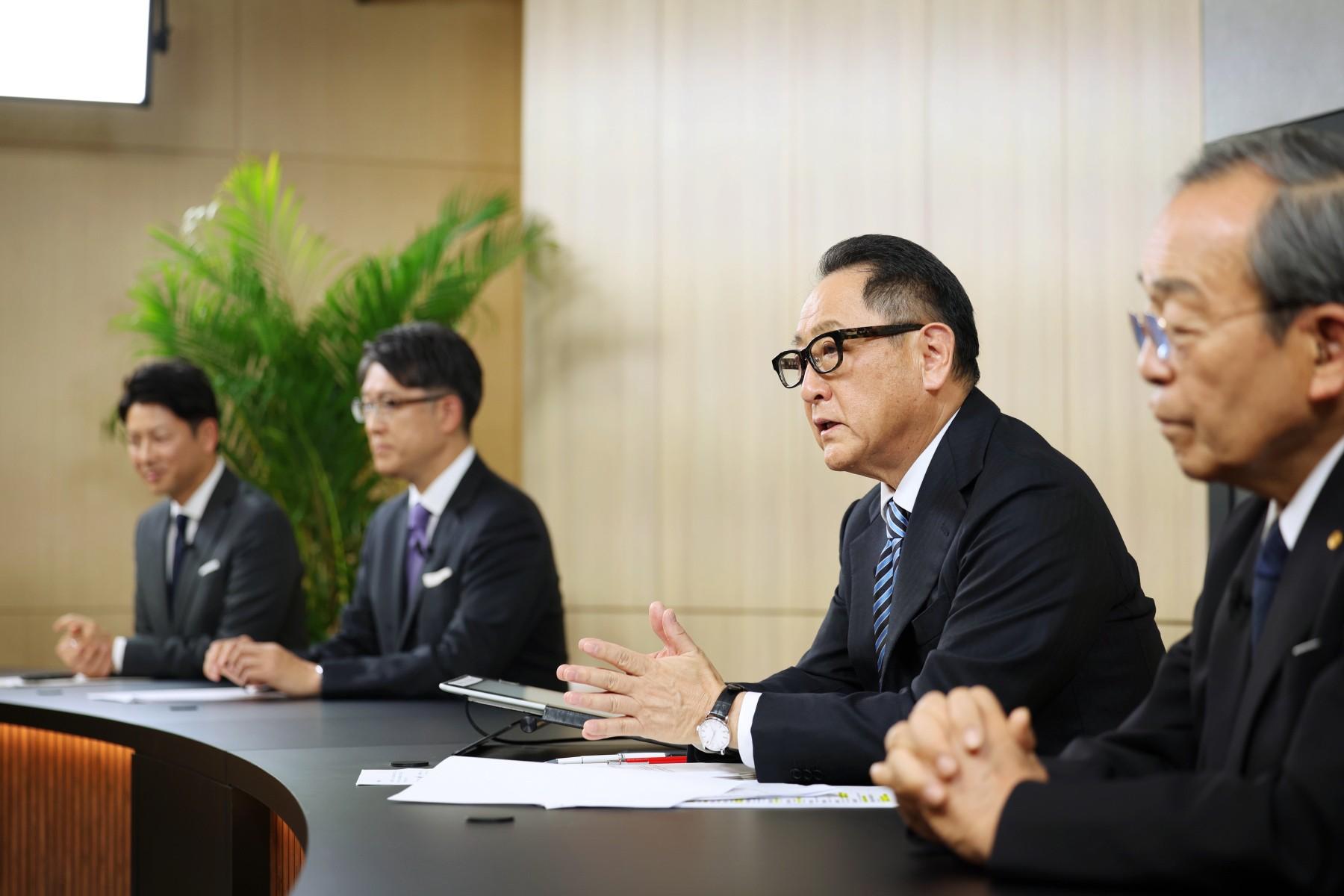
I think it was a period where the way forward was unclear, with no examples to follow. My way of dealing with the crisis was simply working hard, acting with passion, and finding a way to survive despite making mistakes.
Each of the lessons learned through this process were incorporated into my vision, helping to constantly hone my sensors to ensure that we always kept up with changes in the world, the words and actions of various people, and trends in the automobile industry.
Rather than thinking as the president of Toyota, focusing on how the company has always been or what our priorities are in times of natural disaster, I made decisions based on my common sense as a human being.
I believe this contributed to making Toyota what it is and to strengthening our competitiveness.
When I became president, people said I was just driving cars as an indulgent hobby.
However, in words left to us by Kiichiro Toyoda, “Automobiles don't just come about as the result of a single engineer's hobby. What we have created was born of painstaking research and knowledge accumulated in various fields by many people, and of efforts and numerous failures spanning long years.”
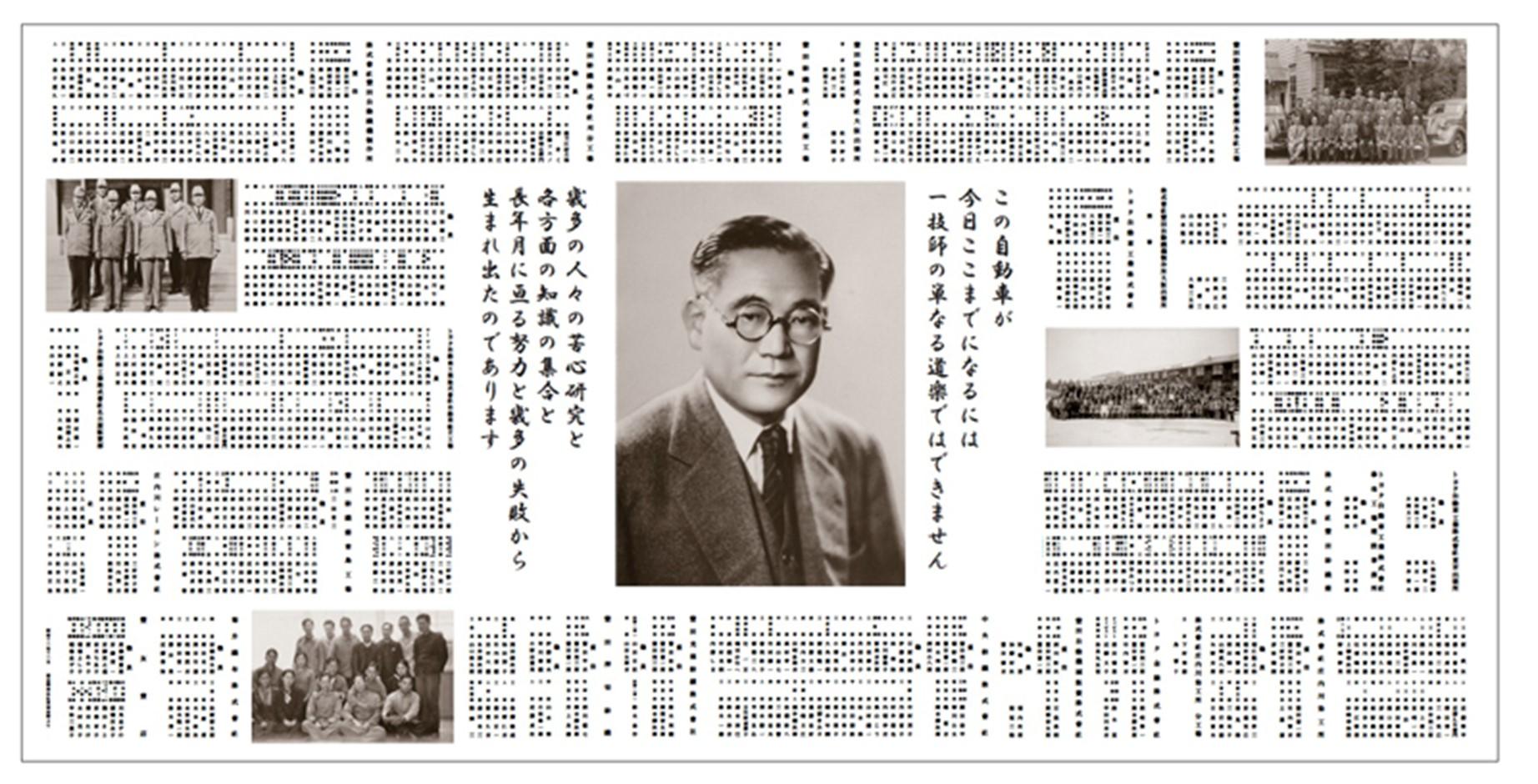
I myself have returned to these words many times.
I recently learned that the word doraku (meaning hobby or indulgence in Japanese) is apparently a Buddhist term that means “to endure the severe training of the Buddha and enjoy the state of being free from all the world’s suffering.” I came to understand that the real meaning is not negative but closer to “mastering a practice.”
(Editor’s note: in Japanese, doraku is written using the characters for “road” and “fun”)
What Master Driver Morizo and incoming President Sato have in common is that they both aim to create cars for enjoying the road.
In the video that we saw earlier (driving on a test course), the scene of the two of us smiling together was not set up. I think that is the essence of doraku.
That’s how we became a company with a leader like Sato, who believes that our greatest driving force is the desire to build cars that make master drivers smile.
And given the team supporting him, I’m sure he will have many colleagues to enjoy the road with even when I become chairman.
As for me, as a car lover and a person who loves to drive, I intend to continue enjoying the road even more.
Please continue to support Toyota and keep a close eye on the new team led by President Sato to see the challenges they take on, the cars they create, and the future of mobility that lies ahead.


